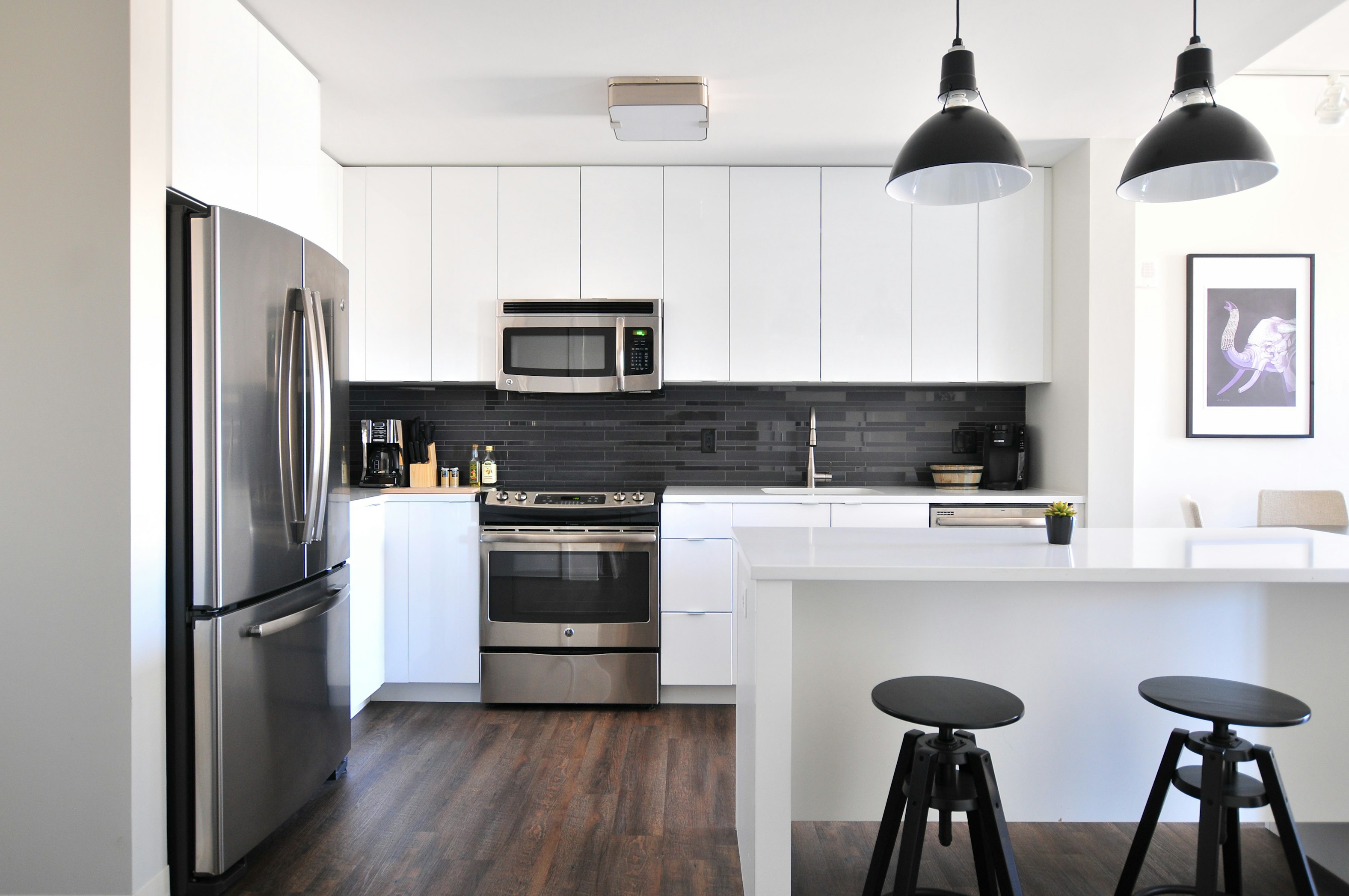Article: Creating an Accessible Home for Seniors with MS
Creating an Accessible Home for Seniors with MS
It is estimated that over 400,000 Americans live with Multiple Sclerosis. People usually develop MS between the age of 20 and 50 but live with the disease well into their senior years. This presents extra challenges in later life, particularly when it comes to day-to-day life at home. A medical ID provides invaluable peace of mind for patients and loved ones when it comes to personal wellbeing. However, just as MS patients should be cautious in summer, it is prudent to put assistive measures in place at home to enable them to continue living with independence while having the support they might need from others.
Your home needs to be easily accessible
When it comes to accessibility, being able to enter and exit your home easily is key. Depending on your level of health insurance and the nature of your symptoms, there are various modifications to consider. Having a clear path to the front door is most ideal, so consider having a stone driveway built with space for a car right out front. Less expensive solutions include having a ramp available by the door for wheelchair users to ascend and descend on the way in and out respectively; remember to ensure that the doorway is wide enough to accommodate a wheelchair. With nearly half of MS patients experiencing falls, implementing measures that can help to prevent someone losing balance needs to be a priority.
Install handrails where needed
Given the often unpredictable timing of gait and balance issues that can occur with MS, it is a good idea to place strong handrails in certain areas of the home. The bathroom and bedrooms are particularly important in this respect; bathroom floors are potentially slippery and making hard contact with the floor, bath, sink or toilet can result in serious injuries. With this in mind, install a handrail next to the shower or above the bath, as well as to the side of the toilet, for added support and peace of mind. Meanwhile, it is worth placing a handrail on your bedside wall, in order to make getting in and out of bed easier.
Keep fixtures and appliances within easy reach
For seniors with MS, a simple but cost-effective way maintaining independence and safety within the home is to make sure everyday essentials are easily accessible. For example, light switches and plug sockets should ideally be fixed at waist height. The same is true of appliances like the oven and refrigerator. The key is to ensure that you are not having to overstretch or bend too much, which makes the chance of losing balance and falling all the more likely.
MS doesn’t have to mean the end of independent living at home
Living with MS is tough no matter your age, but, given the natural physical challenges that come with age, it can be particularly difficult for seniors wanting to live independently at home. Try to remember that there is no shame in accepting help from carers and loved ones; it is, in fact, courageous and right to do so. What is more, by thinking carefully about your daily needs and limitations, it is still very possible to retain some independence at home by putting certain adjustments in place.


Leave a comment
This site is protected by hCaptcha and the hCaptcha Privacy Policy and Terms of Service apply.